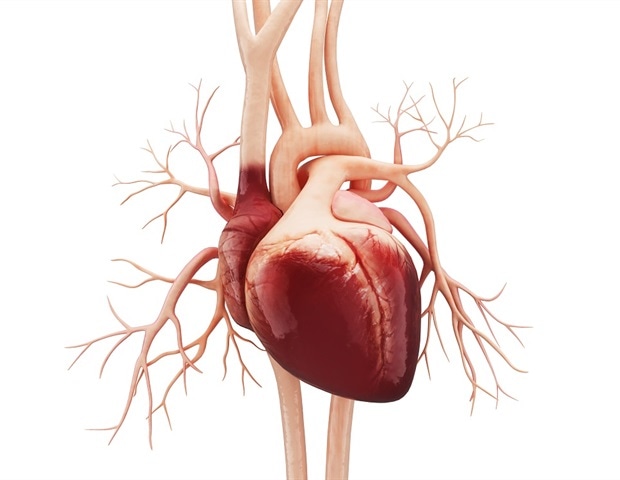The human body has sophisticated defenses against the deposition of calcium minerals that stiffen heart tissues, researchers at the University of Illinois Urbana-Champaign and collaborators at UCLA Health and the University of Texas at Austin found in a new study that provides the first detailed, step-by-step documentation of how calcification progresses. "Heart disease is the leading killer annually -; about 18 million deaths per year -; and that number is growing. A large proportion is the result of calcification," said study leader Bruce Fouke, a U.
of I. professor of earth science and environmental change and director of the Roy J. Carver Biotechnology Center at Illinois.

"When the aortic valve calcifies, an ultra-invasive surgery to replace the valve is the only option currently. That heightens the urgency to get a handle on this process to more effectively move forward with drug development and testing." The aortic valve is the portal through which oxygenated blood gets pumped out of the heart to the body, opening and closing more than 3 billion times during the average lifespan.
Calcium deposits can grow within the three tissue flaps that make up the valve, called leaflets, stiffening them and leaving them unable to open all the way. With calcification in blood vessels, a stent can help, but you can't do that with the aortic valve. Every organ in the body can be in perfect condition, but if the aortic valve stops functioning, that's the end of that life.
" Mayandi Sivag.























